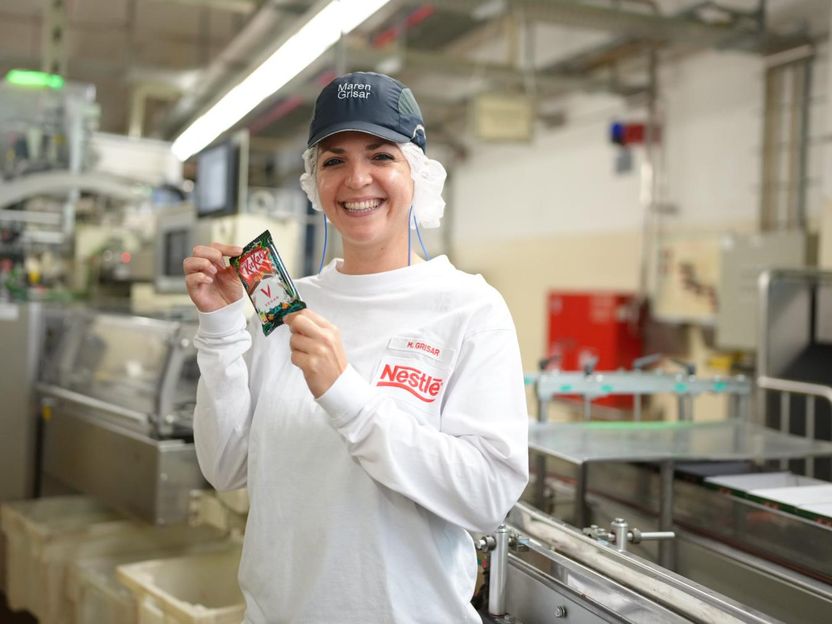Why the cell-based meat category is important to watch
Advertisement
Mintel has been keeping an eye on consumer attitudes, behaviours and purchase preferences surrounding Cell-based Meat since 2015, predicting that there was long-term potential for the industry. Here, we take a trip down memory lane and track the evolution of lab-grown meat to the cell-based product we know today.

Computer generated picture
Why the cell-based meat category is important to watch
Cellular agriculture is becoming a viable option, adding to the ability for consumers to eventually mix and match proteins from animal, plant-based and cultivated offerings to meet their protein needs.
The rise of lab-grown meat
Lab-grown meat started to make appearances in our research in 2015, specifically in consumer research on what ethical food consumers want and why, which found that 8% of UK consumers were interested in trying cell-based meat.
In 2016, Mintel Trends research showed that consumers were nervous about the possibility of lab-grown meat, or other products with genetically modified ingredients.
According to the Mintel Trend ‘Protein-opedia,’ in the long term, lab-grown meat holds the potential to minimise or even eliminate the food shortage fear. Moreover, it can have a lower environmental impact in comparison to agricultural production and a better impact on our health.
By 2017, our research echoed that “lab-grown ‘clean’ meats still have some major hurdles to overcome including the use of foetal bovine serum for culture, cost constraints and government approvals. However, the outlook is positive for products that offer the promise of clean, humane and environmentally friendly proteins.”
In 2018-19, Mintel research explored the regulatory challenges surrounding cultured meat. At the same time, 30% of UK consumers reported that they would eat lab-grown meat, compared to the 8% who were interested in 2015. “Cultured meat alternatives may well provide distinct competition to meat producers, as these can potentially leverage healthy attributes in a product which some consumers believe to be better for the planet.”
“The fact that almost 30% of consumers are open to the concept of cell-based meat indicates that this could be a long-term solution for those who don’t want to give up meat but have environmental concerns.”
Interest in lab-grown meat leads to product innovation
In 2020, Mintel analysts recommended that cultured meats enter the market as blends, and explore the patent landscape in cultured meat and dairy. “Cell-based proteins will find it easier to enter the market in blended products and prepared meals than as meat products on their own.”
Following this, in 2021, Mintel research discussed the regulatory approval of culture meat companies, as well as the impact of COVID-19 on product innovation and consumer adoption.
Finally, in 2022, Mintel outlined how cell-based meat will make inroads into foodservice and explored cell-based fats.
“Plant-based novel fats can be used as a fat component in cell-based meat applications. This would allow cell-based protein players to bring in the nutrition from plants and deliver culinary performance without the need to cultivate fat in addition to proteins.
The future of cell-based meat
The recent advancement in biotechnology has the potential to disrupt meat, dairy and plant-based alternatives, as the products produced through these novel techniques will closely resemble the taste, texture and nutrition profile of real meat and dairy products. Therefore, animal protein players will need to double down on communicating quality to consumers. Heritage, regionality and origin messages will help set apart meat and dairy that is derived from animals.


























































